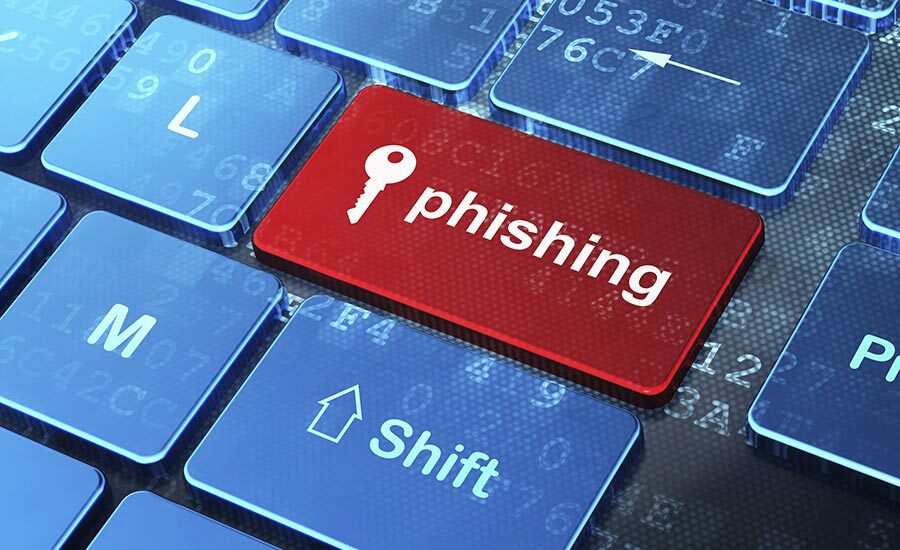
Phishing Scams Exposed: Don’t Take the Bait
In today’s hyper-connected world, your inbox can be a gateway to both opportunity and disaster. While email remains one of the most common ways we communicate, it’s also a prime target for phishing attacks — digital scams designed to trick you into giving away sensitive information. From fake bank emails to impersonated coworkers, phishing scams are getting more sophisticated and harder to spot.
So, what is phishing exactly? How can you recognize the signs and protect yourself? Let’s dive in.
🎣 What is Phishing?
Phishing is a type of cyberattack where scammers disguise themselves as trustworthy entities to trick people into sharing confidential data — like passwords, credit card numbers, or social security details. It typically happens through email, but can also occur via text messages (smishing), phone calls (vishing), or social media.
The goal? To steal your information, infect your device, or gain access to your accounts — often with devastating consequences.
🕵️♂️ How Phishing Works
Phishers use social engineering — psychological manipulation — to make you act without thinking. Here’s a typical flow:
-
The Hook: You receive a message that looks urgent or important.
-
The Bait: The email may contain a link or attachment.
-
The Trap: Clicking the link takes you to a fake website that looks legit (like your bank’s site), or the attachment installs malware.
-
The Catch: You enter your info or unknowingly grant access, and the hacker gets what they came for.
🚨 Common Types of Phishing Scams
-
Spear Phishing: Personalized attacks aimed at specific individuals (often using real names and details).
-
Clone Phishing: A legitimate email is copied, but a malicious link or attachment is added.
-
Whaling: Targets high-profile individuals (like CEOs or CFOs) with executive-level scams.
-
Business Email Compromise (BEC): A scammer impersonates a company executive and asks for urgent payments or data.
🧠 How to Spot a Phishing Email
Phishing emails often look real, but there are red flags:
✅ Check the sender’s email address — it may look off (e.g., support@paypall.com).
✅ Watch for urgent or threatening language — “Your account will be locked!”
✅ Look for grammar/spelling mistakes — many phishing emails have errors.
✅ Hover over links (don’t click!) — does the URL match the real site?
✅ Unexpected attachments — especially if the sender is unknown.
🛡️ How to Protect Yourself
-
Think before you click. If it feels off, it probably is.
-
Use multi-factor authentication (MFA) on all important accounts.
-
Install reliable antivirus software and keep it updated.
-
Report phishing emails to your email provider or IT department.
-
Regularly change your passwords and avoid reusing them.
-
Educate your team — phishing awareness is key in every workplace.
💡 What To Do If You Fall for a Phishing Scam
Mistakes happen — but act fast:
-
Disconnect from the internet.
-
Change your passwords immediately.
-
Run a malware scan on your device.
-
Contact your bank or credit card company if financial info was compromised.
-
Report the scam to local authorities or your country’s cybercrime agency.
🧭 Final Thoughts
Phishing scams are evolving, and no one is immune — not even tech-savvy users. The key to staying safe is awareness and caution. Treat every unexpected message with a healthy dose of skepticism. When it comes to cybersecurity, it’s better to pause and verify than to click and regret.
Remember: in the digital ocean, phishers are always casting lines.
Stay alert, stay informed — and don’t take the bait.
